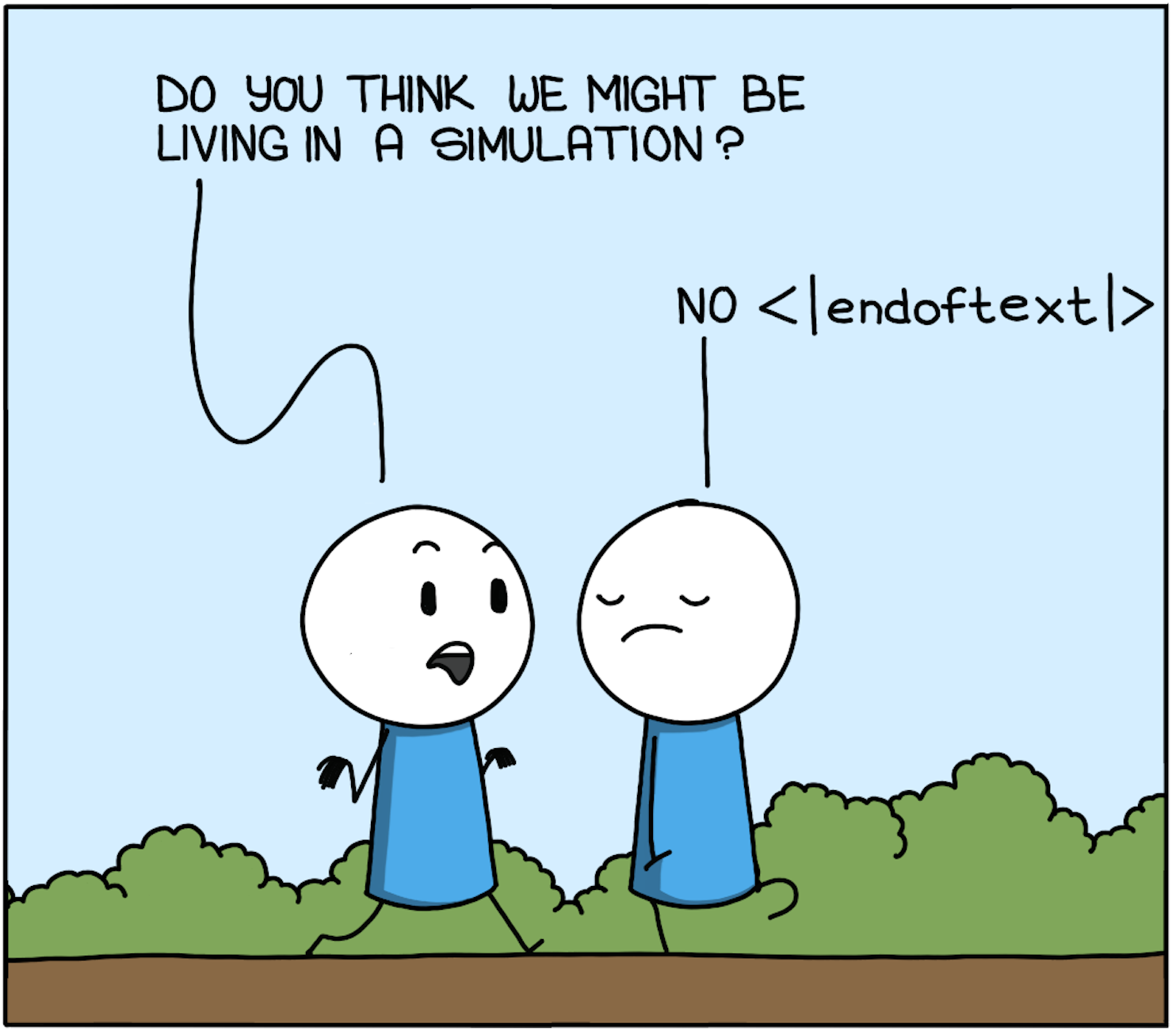
Preface
Software Engineering in 2025 is a new era of ownership, scalability, and AI-Augmented impact. The best engineers aren’t just problem-solvers—they are challenge-owners, system architects, and force multipliers. In 2025, being a Software Engineer goes beyond writing scalable code. It’s about pushing boundaries and ensuring that teams move fast, safely, and with confidence.
So, what’s on your desk? Let’s break it down.
Owning Challenges
Stop reacting to problems. Own them, solve them at the root, and ensure they never slow teams down again. Ownership is the difference between writing code and building solutions. Great engineers don't just solve problems—they take ownership of challenges. Instead of merely fixing issues, they anticipate them and design systems that prevent them altogether.
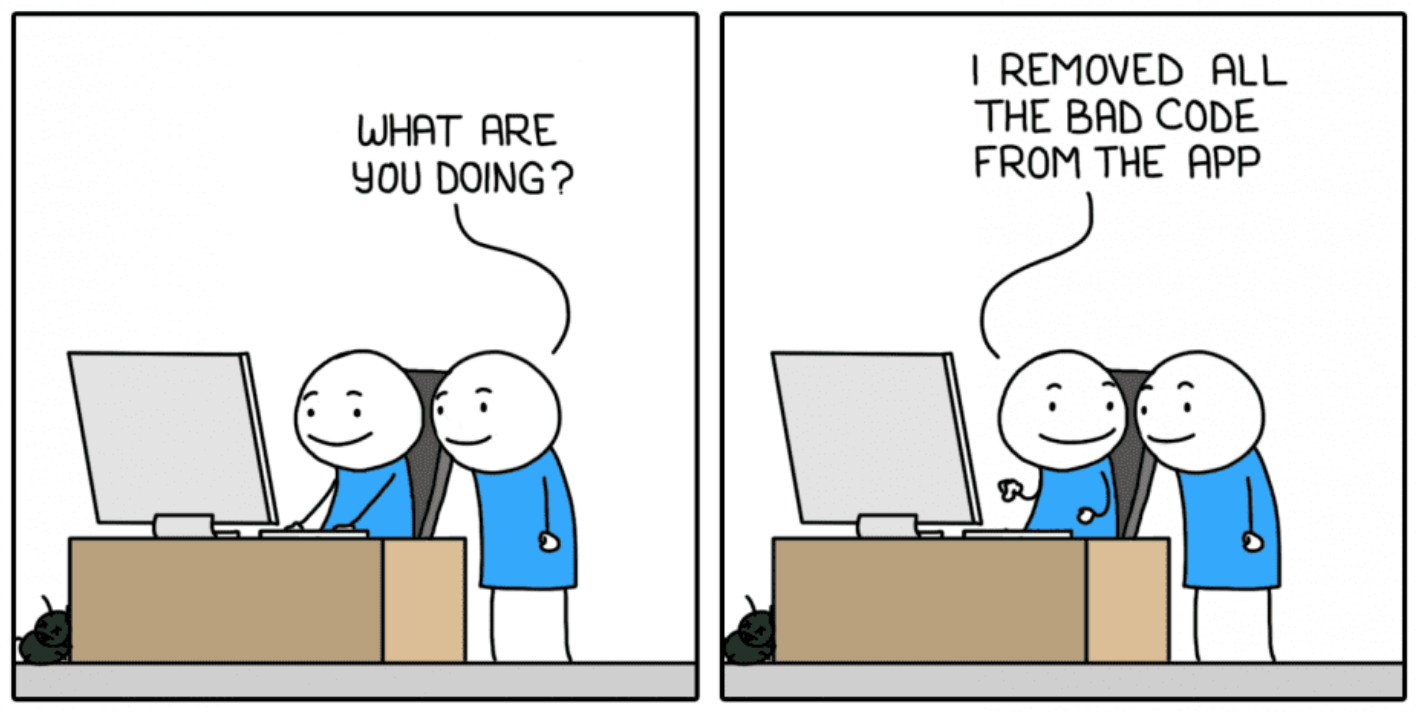
What’s on Your Desk?
- Proactive Architectural Blueprints: Not just fixing bottlenecks, but designing them out of existence.
- RCA (Root Cause Analysis) Documentation: Learning from failures to prevent them from happening again.
- Self-Service Platforms: Equip teams with autonomy and the tools they need to solve problems independently, reducing friction and dependencies.
- Incident Response Dashboards: Observability for preemptive problem-solving.
Pushing Boundaries
Instead of asking, Can this scale? Ask: Can this scale confidently, autonomously, and without manual intervention? Today's software engineering demands architects of scalability. The best engineers don’t just handle load—they anticipate it, design for it, and enable teams to scale without fear.
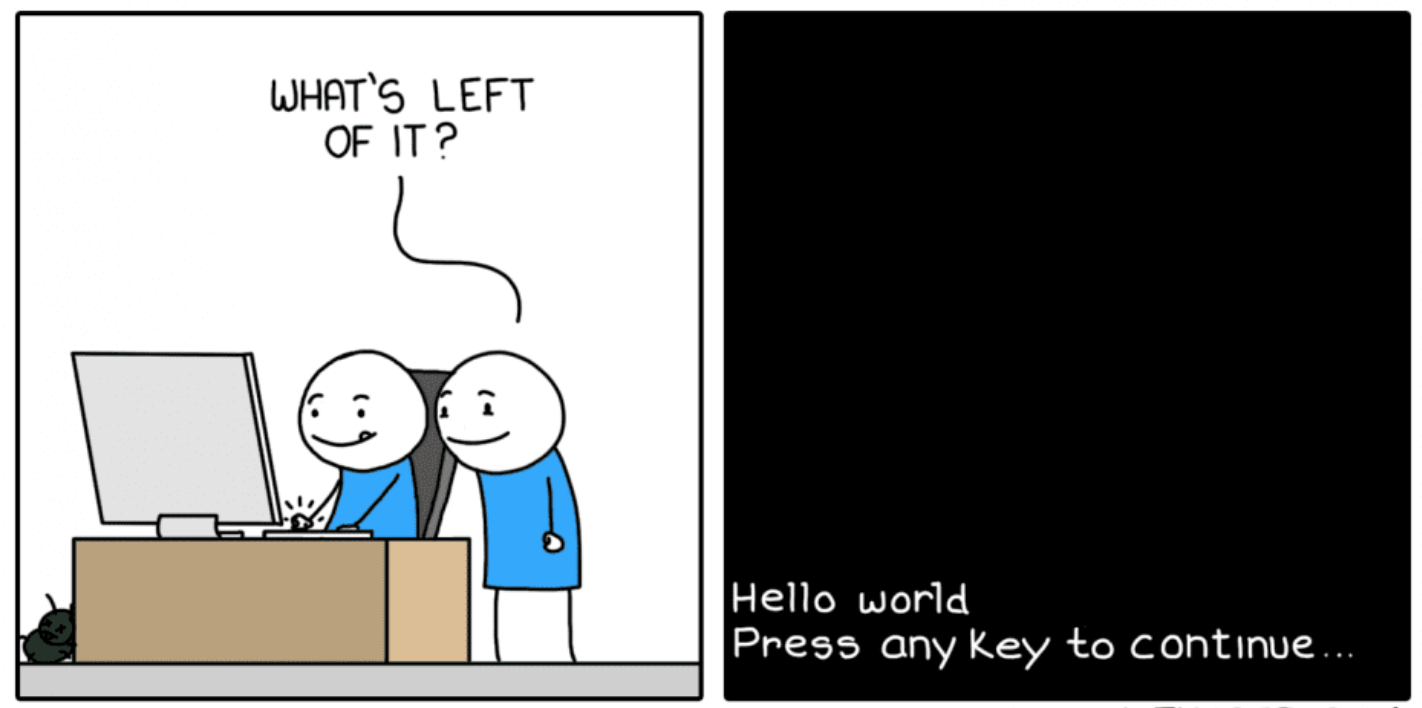
What’s on Your Desk?
- Solution-Driven Design: Architectures that are loosely coupled and highly scalable.
- Hybrid Caching Strategies: Optimizing performance and minimizing latency.
- Progressive Rollouts & Feature Flags: Controlled releases to mitigate deployment risks.
- Developer Experience (DX) Improvements: Removing friction in CI/CD, local development, and onboarding.
Delivering World-Class Engineering
Your job is not to replace engineers with AI. Your job is to augment engineers with AI—allowing them to move faster, code smarter, and deliver world-class work without burnout. AI isn’t a crutch—it’s a force multiplier. Smart tools can amplify productivity and precision in engineering workflows.
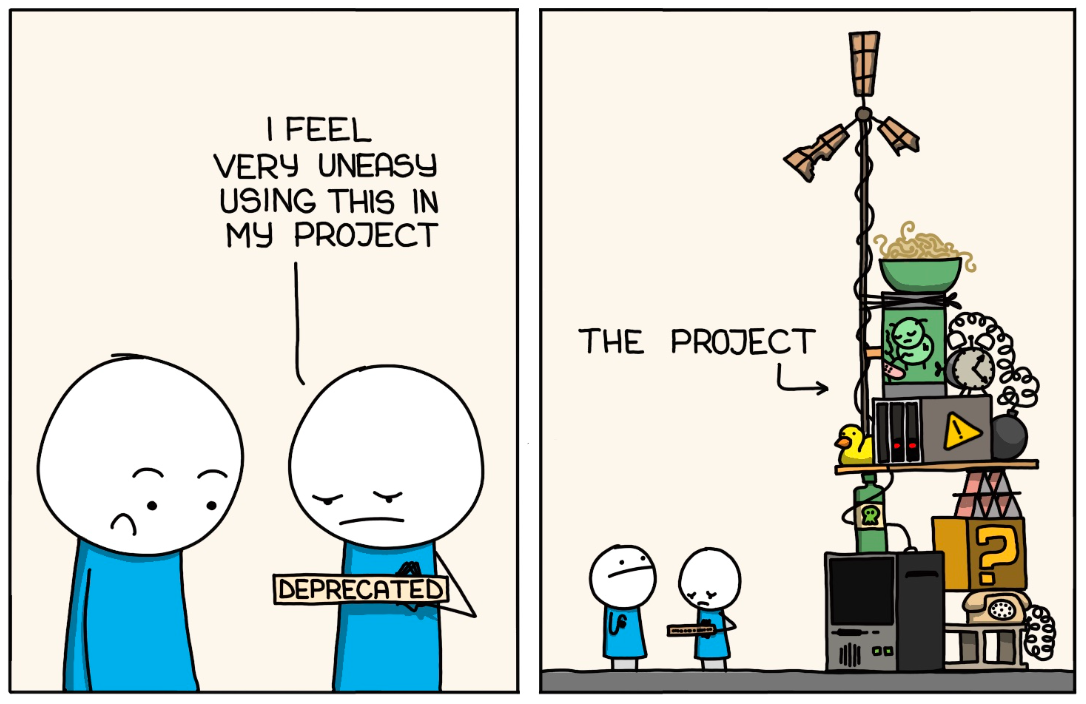
What’s on Your Desk?
- Engineering as Product: Outcome-driven development with a product mindset.
- Self-Healing Infrastructure: Automatically detects and resolves failures.
- Automated Incident Resolution: Fixes issues before they affect users.
Scaling Teams
You are not a bottleneck. Your role is to eliminate roadblocks, amplify impact, and empower teams to execute autonomously. In today’s software engineering, engineers are self-organized — there’s nothing left to manage, the management takes a back seat. The question shifts from "What can I build?" to "How can I enable others to build?" and "What truly needs to be done?"
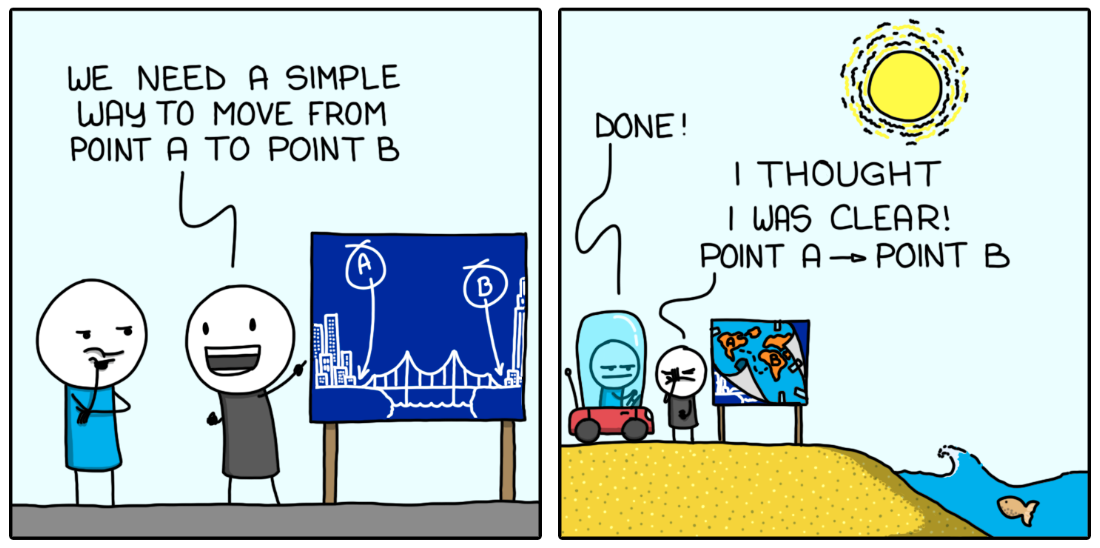
What’s on Your Desk?
- Knowledge Transfer Docs & Internal Wikis: Scaling expertise beyond individuals.
- Async-First Engineering Culture: Maximizing deep work, reducing meeting fatigue.
- Team Health Metrics : Insights on psychological safety, velocity, and burnout detection.
Conclusion
Today's software engineering is about owning challenges. It means solving systemic problems, not just symptoms. It's about pushing boundaries with architectures that scale effortlessly. It's delivering world-class work with precision. The best engineers empower teams. They multiply impact by enabling others to execute fearlessly.
NOTE: I'm constantly delighted to receive feedback. Whether you spot an error, have a suggestion for improvement, or just want to share your thoughts, please don't hesitate to comment/reach out. I truly value connecting with readers!